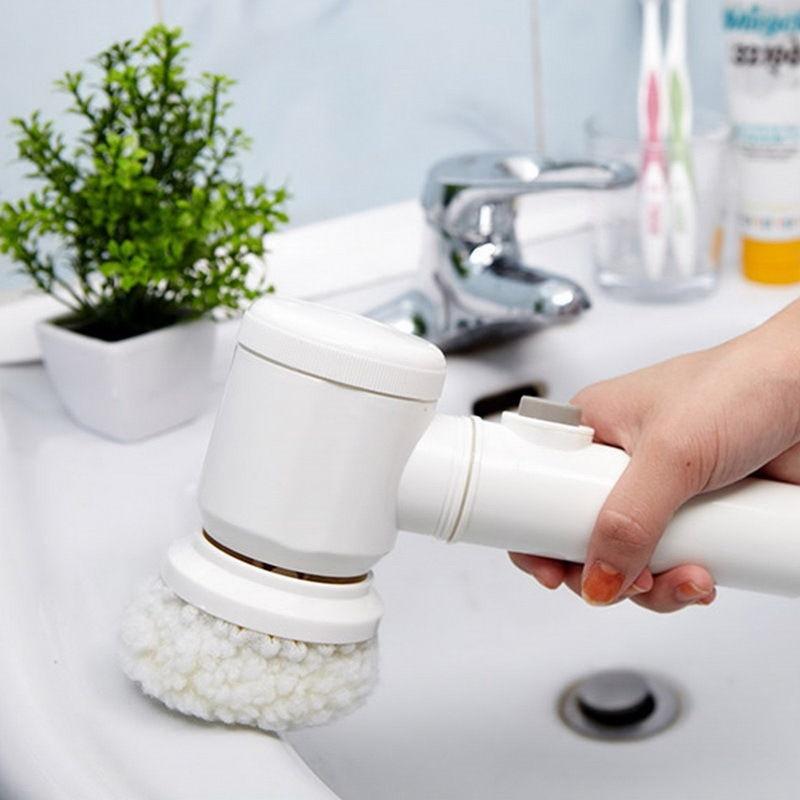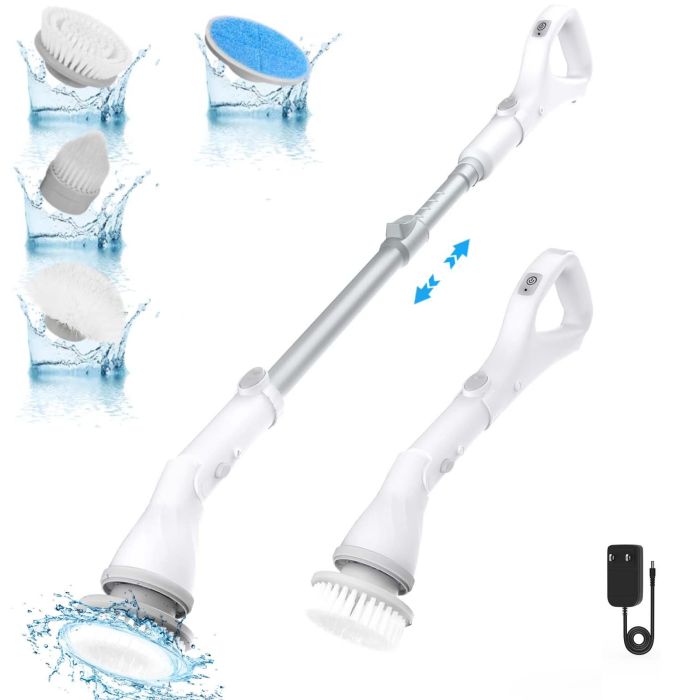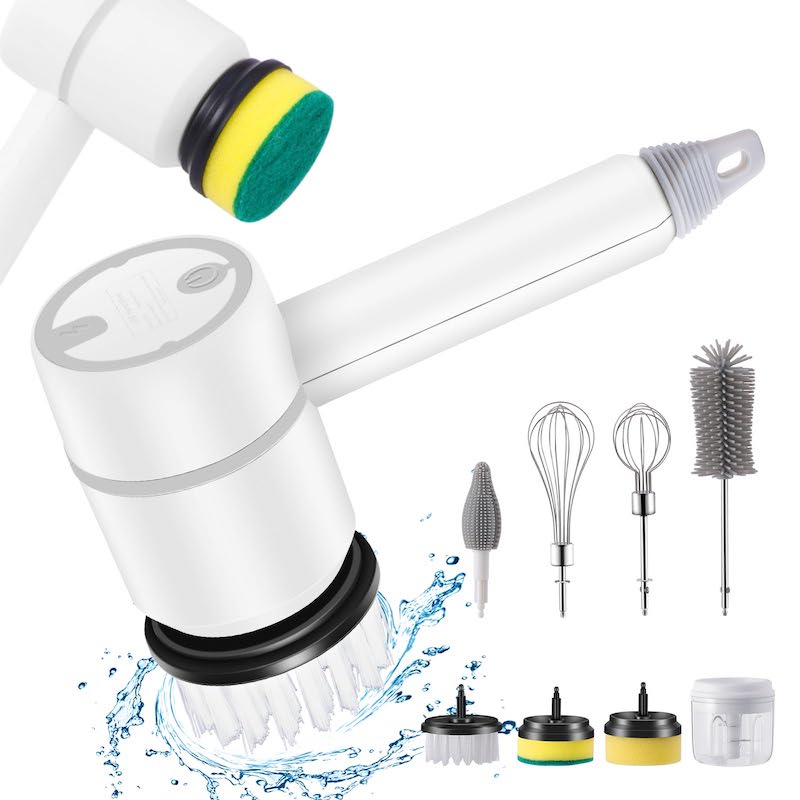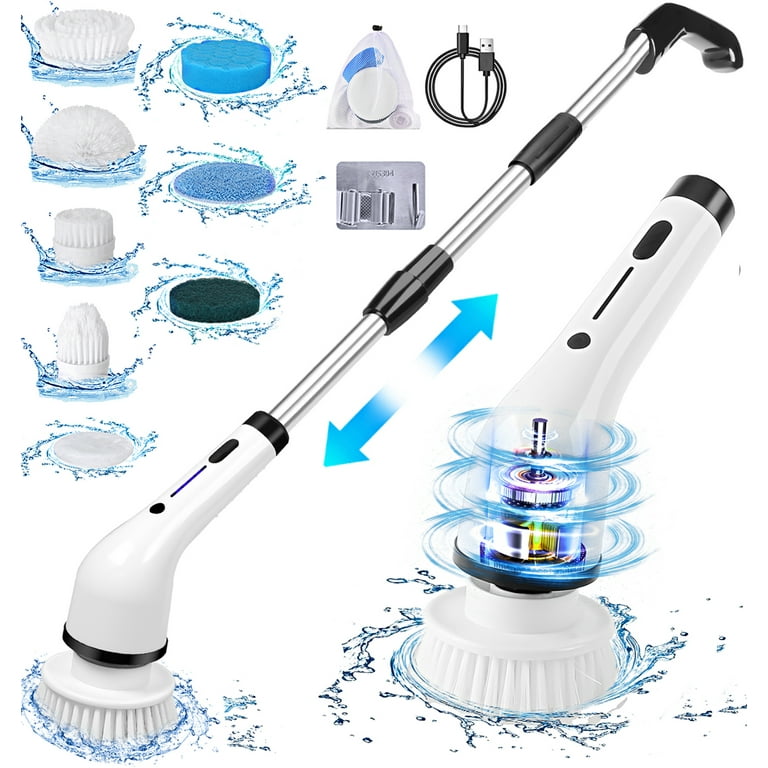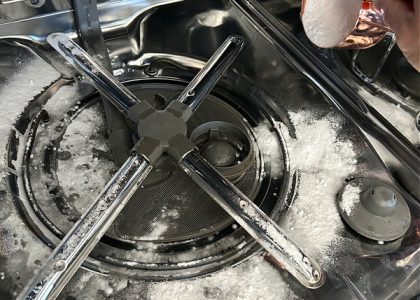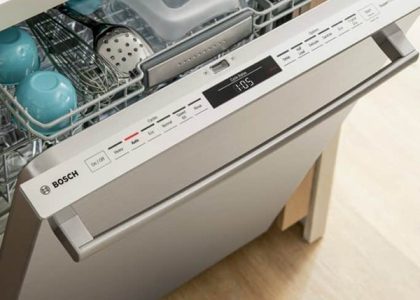Introduction
Electric cleaning brushes have revolutionized the way we clean our homes. These powerful tools can make scrubbing and cleaning tasks much easier and more efficient. In this comprehensive guide, we will explore everything you need to know about electric cleaning brush, including how they work, the different types available, and the many benefits they offer.
Part 1: Understanding Electric Cleaning Brushes
Level 1: What are Electric Cleaning Brushes?
Electric cleaning brushes are handheld devices that use a rotating or oscillating brush head to quickly and effectively clean a variety of surfaces. These brushes are equipped with a motor that powers the brush head, making it easier to remove tough stains and debris without the need for excessive scrubbing.
Level 2: How Do Electric Cleaning Brushes Work?
Electric cleaning brushes work by using the power of the motor to create a spinning or oscillating motion in the brush head. This motion helps to agitate dirt and grime, making it easier to loosen and remove from surfaces. Some brushes also feature different brush heads and speed settings to cater to different cleaning needs.
Part 2: Types of Electric Cleaning Brushes
Level 1: Different Types of Electric Cleaning Brushes
There are several types of electric cleaning brushes available on the market, each designed for specific cleaning tasks. Some common types include handheld electric scrubbers, electric toothbrush-style brushes, and electric spin mops. Each type offers unique features and benefits to make cleaning more efficient.
Level 2: Choosing the Right Brush for Your Needs
When selecting an electric cleaning brush, it’s important to consider the type of surfaces you’ll be cleaning and the specific tasks you’ll be tackling. For example, a handheld electric scrubber may be ideal for cleaning grout and tile, while an electric spin mop may be better for cleaning floors. Evaluating your cleaning needs will help you choose the right brush for your home.
Part 3: Benefits of Using an Electric Cleaning Brush
Level 1: Time-Saving
One of the greatest benefits of using an electric cleaning brush is the time-saving aspect. These brushes can power through tough cleaning tasks much faster than traditional methods, saving you time and effort.
Level 2: Improved Cleaning Performance
The powerful rotating or oscillating motion of electric cleaning brushes provides improved cleaning performance compared to manual scrubbing. They can effectively remove stubborn dirt and grime, leaving surfaces cleaner and more sanitary.
Part 4: How to Use an Electric Cleaning Brush
Level 1: Using an Electric Cleaning Brush Safely
Before using an electric cleaning brush, it’s important to read the manufacturer’s instructions and safety guidelines. This will ensure that you use the brush properly and avoid potential hazards.
Level 2: Tips for Effective Cleaning with an Electric Brush
To get the most out of your electric cleaning brush, it’s helpful to follow some tips for effective cleaning. This may include using the appropriate brush head for different surfaces, applying the right amount of pressure, and changing brush heads regularly for optimum cleaning performance.
Part 5: Maintenance and Care of Electric Cleaning Brushes
Level 1: Cleaning and Maintaining Your Electric Brush
Proper maintenance of your electric cleaning brush is essential to ensure its longevity and performance. Regularly cleaning the brush head and removing any trapped debris will prevent damage and keep the brush in good working condition.
Level 2: Replacing Brush Heads and Batteries
Depending on the model, electric cleaning brushes may require periodic replacement of brush heads or batteries. Following the manufacturer’s recommendations for these replacements will ensure that your brush continues to operate at its best.
Part 6: The Benefits of Electric Cleaning Brushes for Home Use
Electric cleaning brushes are a valuable tool for home use, offering a range of benefits for cleaning and maintenance. One of the key advantages of these brushes is their ability to save time and effort. Instead of scrubbing surfaces by hand, the electric brush effortlessly tackles tough grime, dirt, and stains, making cleaning tasks more efficient and less demanding.
These brushes also offer versatility, as they can be used for a wide variety of cleaning jobs. From scrubbing tile grout and removing soap scum in the bathroom to cleaning stovetops and countertops in the kitchen, electric cleaning brushes are a versatile solution for various surfaces and materials. Additionally, they are also an effective tool for cleaning outdoor spaces such as decks, patios, and garden furniture.
Another benefit of electric cleaning brushes is their effectiveness in reaching tight and hard-to-reach areas. The brush heads are designed to fit into corners, crevices, and other areas that are challenging to clean with traditional tools. This makes it easier to maintain cleanliness in areas that are often neglected during regular cleaning routines.
Furthermore, electric cleaning brushes are a great option for individuals with physical limitations or mobility issues. The motorized action of the brush reduces the physical effort required for cleaning, making it a more accessible option for individuals who may struggle with manual scrubbing.
Overall, electric cleaning brushes offer a range of benefits for home use, including time and effort savings, versatility, effectiveness in reaching difficult areas, and accessibility for individuals with physical limitations. These benefits make them a valuable addition to any cleaning toolkit.
Part 7: Choosing the Right Electric Cleaning Brush for Your Needs
When it comes to selecting an electric cleaning brush, there are a variety of options available to suit different cleaning needs and preferences. Consider the following factors to help you choose the right brush for your specific requirements.
First, think about the surfaces and materials you will be cleaning. If you primarily need to scrub tile grout, bathroom surfaces, and other hard-to-clean areas, a brush with stiff or abrasive bristles may be the most effective option. On the other hand, if you’ll be using the brush on more delicate surfaces like glass or stainless steel, a softer bristle brush would be more suitable.
Next, consider the size and design of the brush head. A smaller brush head may be better for detailed cleaning in tight spaces, while a larger brush head is ideal for covering larger surface areas more quickly. Some electric cleaning brushes come with interchangeable heads, allowing you to switch between different brush types depending on the cleaning task at hand.
Another factor to consider is the power source of the brush. Some electric cleaning brushes are corded, requiring access to a power outlet, while others are cordless and powered by rechargeable batteries. Cordless brushes offer greater flexibility and convenience, as they can be used without being tethered to a power source, but you’ll need to consider battery life and recharging time.
Lastly, consider the ergonomics and comfort of the brush handle. Look for a design that feels comfortable to hold and maneuver, especially if you’ll be using the brush for extended periods of time. By taking these factors into account, you can find the right electric cleaning brush to meet your specific cleaning needs and preferences.
Part 8: Maintaining and Storing Your Electric Cleaning Brush for Longevity
To ensure that your electric cleaning brush remains in good working condition and lasts for a long time, it’s important to properly maintain and store the device. Follow these tips to keep your electric cleaning brush in top shape.
After each use, thoroughly clean the brush head to remove any debris, dirt, or grime that may have accumulated during cleaning. This will help to prevent buildup and prolong the life of the brush bristles. Depending on the material of the brush head, you may be able to remove it and wash it separately with soap and water.
Additionally, inspect the brush head and handle regularly for signs of wear and tear, such as frayed bristles or loose components. If you notice any damage, address it promptly to prevent further issues and ensure the brush continues to work effectively.
When storing your electric cleaning brush, make sure to keep it in a clean and dry environment. Avoid storing the brush in areas with high humidity or moisture, as this can lead to damage and corrosion. If the brush has removable or interchangeable heads, store them separately to prevent entanglement or damage.
If your electric cleaning brush is powered by rechargeable batteries, be sure to follow the manufacturer’s guidelines for battery maintenance and charging. Always use the recommended charger and avoid overcharging the batteries, as this can diminish their lifespan.
Lastly, follow the manufacturer’s recommendations for regular maintenance and care, including any specific cleaning or lubrication instructions for the brush motor or moving parts. By following these guidelines, you can help ensure that your electric cleaning brush remains in good condition for years to come.
Conclusion
Electric cleaning brushes offer a convenient and efficient way to tackle tough cleaning tasks around the home. With various types to choose from and a range of benefits, these tools have become indispensable for many households. By understanding how they work, choosing the right type, and following best practices for use and maintenance, you can experience the full advantages of electric cleaning brushes in your cleaning routine.


